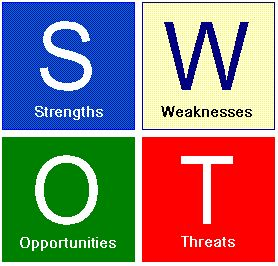What’s the Pattern Here?
Have you ever noticed how things work in cycles with observable patterns? As someone whose strength is observing and seeing patterns, I find it helpful to know that these patterns exist and to see if this awareness generates some form of opportunity. This may be because I have that entrepreneurial instinct that draws out this intrigue, but whatever the case, they seem to pop up everywhere.

You can find these patterns in the stock market, football teams, the weather, time to market saturation for products, and a multitude of other things. For example, look at the stock market over a long period of time. You will see that over time the price to earnings ratio (PE) tends to expand and contract over a longer time horizon than the normal business cycle.
From 1903 to around 1920, you should notice a contraction of PE from around 24 to 5. From 1920 to 1930, the PE surged from 5 to 28. From 1930 to 1950, it contracted back to 9. From 1950 to 1969, it expanded from that 9 to about 23. Then from 1969 to around 1980, it dropped back down to 7. From 1980 to 2000, you should see it surge up to 42 (can you say bubble?). We have been on a PE contraction since then. The sad news, as you can see from the pattern, is that a long uptrend does not typically start until the price to earnings ratio falls into the single digits.
Being a University of Tennessee football fan, I observe the patterns there also. As fans, we have high expectations every season, which makes it difficult to see the patterns. However, you can go back to the 1960s and see a good decade for the UT program. The 1970s were tough. The 1980s bounced around with big ups and downs. The 1990s were great, and the decade of the 2000s has been sad. You would think from this, the current decade will improve.
If you listen to the news, you would think we have been on a warming trend from the past 100 years. Actually, we have been on a warming trend since the late 1970s. In the mid-70s, all the major news stories reported how the average temperatures had been dropping since the 1950s, so we would all starve to death because of crop failures. Last winter, we had snow on the ground in Knoxville, TN for over three weeks. Typically, snow only stays on the ground here for a couple of days, and this was the first time since I started living here in 1981 that this has happened. Could this be the start of something new?
Finally, notice the trend of how breakthrough technological inventions saturate the market. In a general sense, the automobile, television, and radio each took about 30 to 40 years to fully saturate the market. The VCR took at least 15 years. The internet reached saturation after around 8 to 10 years, and it only took Facebook around 3 years once it opened up to everyone.
This pattern is obvious, and we will see new products, services, and software tools reach full penetration within a year in the near future. This results from how connected everyone has become, and this connectivity continues to increase. I would say that at some point in the near future, products and especially software will reach full market saturation within weeks and even days.
What patterns do you see around you? Will these patterns affect your business? Are there opportunities in those patterns or just the satisfaction of knowing this is just one of those cycles and will eventually change?


 to do your thing. What an informative experience!
to do your thing. What an informative experience! 
